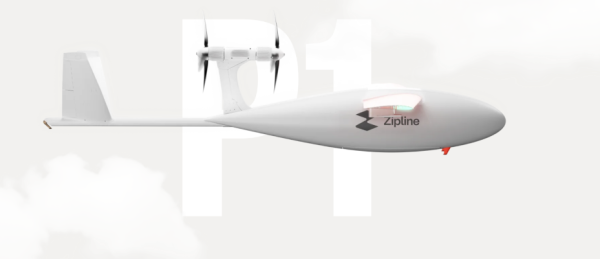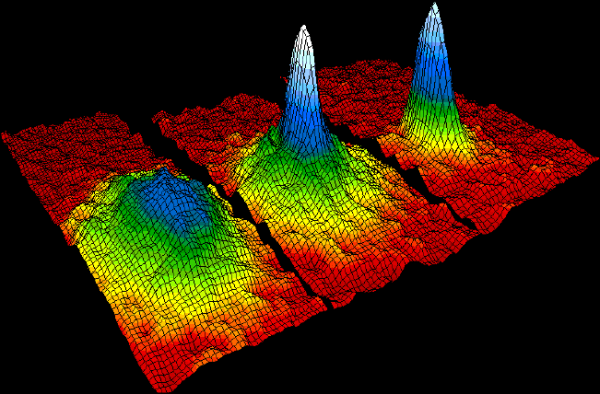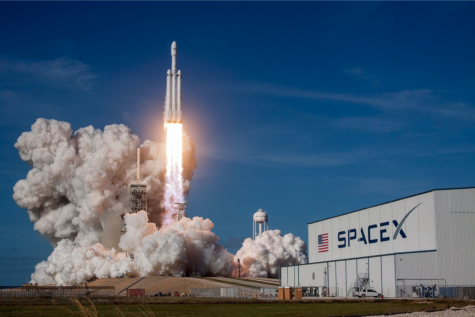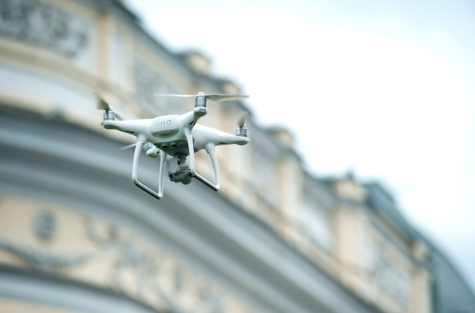The SpaceX Booster Failed From Heat Damage
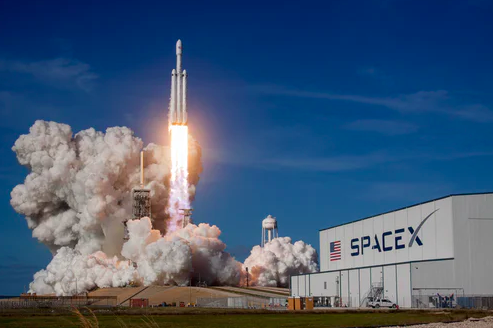
The Falcon 9 first stage booster, SpaceX’s reusable two-stage launch vehicle that can handle more than seven flights, failed to land on February 15. Hans Koenigsmann, senior adviser for build and flight safety at SpaceX, shared that one of its engines shut down during flight after hot gas breached a worn-out cover.
Spacenews.com reported that the senior director for human spaceflight programs, Benji Reed, suggests the launch engine shut down during launch. “A great thing about Falcon 9 is that we have engine-out capability,” he comments, implying one of the first stage’s nine engines are able to shut down without compromising the entire mission. “The vehicle got to orbit and put the satellites exactly where they want to be. The primary mission was accomplished.” However, the shutdown jeopardized the landing of the booster. “When that booster came to return home, because of the problem with that particular engine, we didn’t have enough thrust to get back to where we needed to be, and didn’t land where we wanted to be,” he added.
The heat damage had a major effect on the booster, but a SpaceX official said he was confident that the boosters can be reused 10 or more times.
During a session of the 47th Spaceport Summit on February 23, Koenigsmann shared that the failed landing, during a successful launch otherwise, remains under investigation. “[The crash] has to do with heat damage, but it’s a running investigation,” he elaborated, but the company was “close to nailing it down” and correcting the problem.
The failed booster was on its sixth launch, but these rockets can be flown up to eight times. Soon, they hope to be at 10 times. According to Koenigsmann, this will not be hard, especially because the workers are learning which areas they “need to pay attention to,” like the booster’s heat shield and engine components. They have been learning more with every landing.
He finished with, “We will continue to look at that booster and make an assessment whether we can move forward with it”, adding how the company will continue launching boosters after 10 flights, possibly replacing the components that wear out.

Sasha is a senior who is ecstatic to spend her fourth and final year writing for the Banner as Business Editor. When she is not writing, Sasha fills her...


